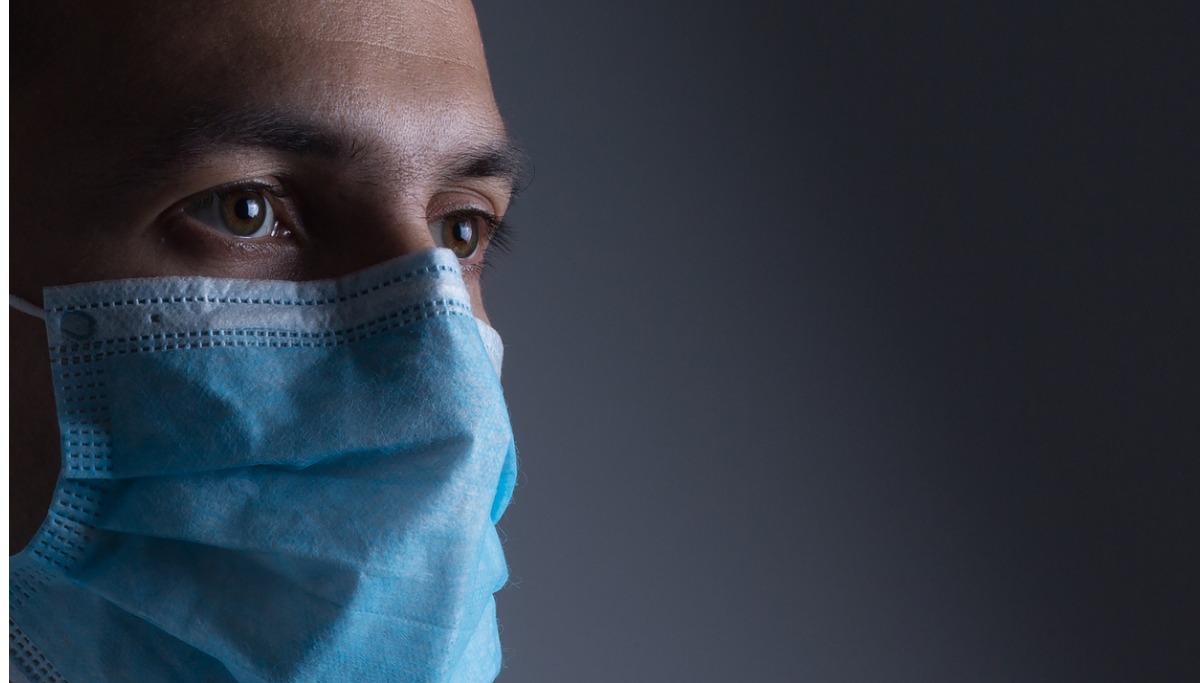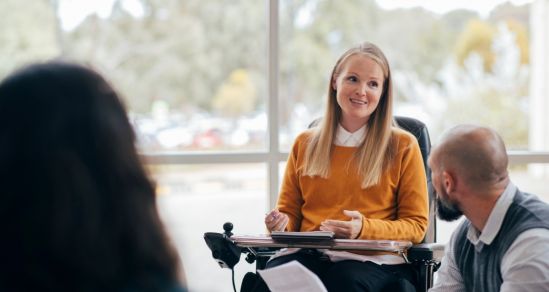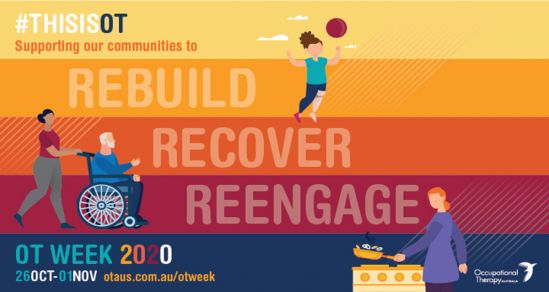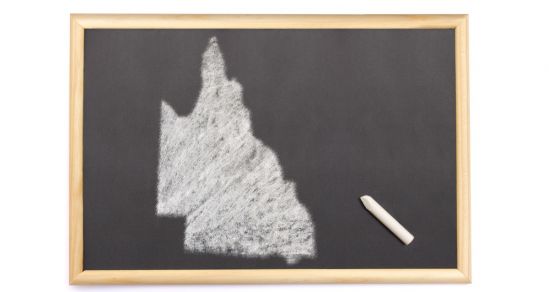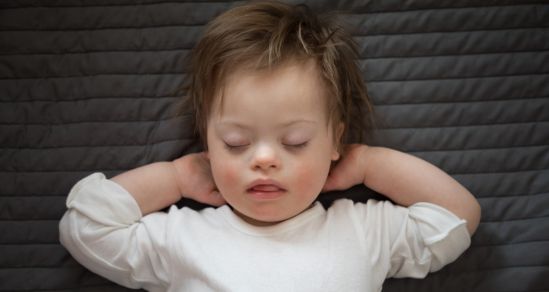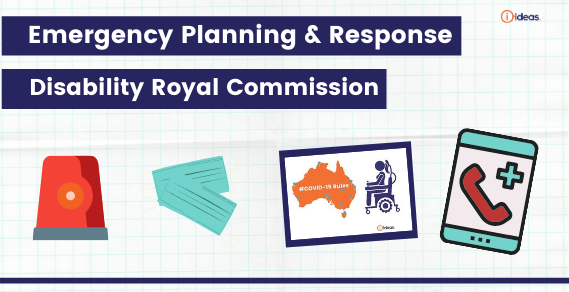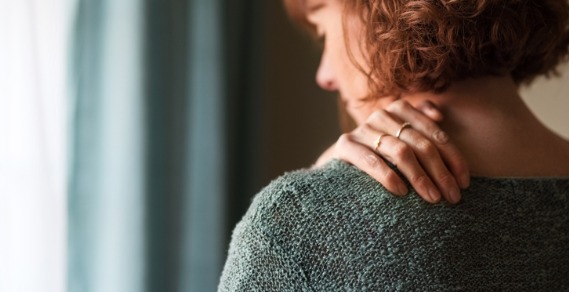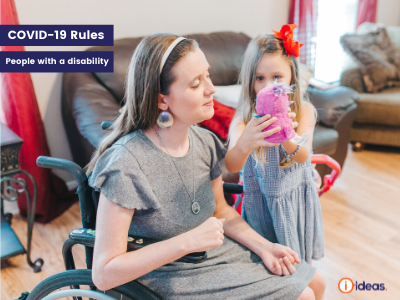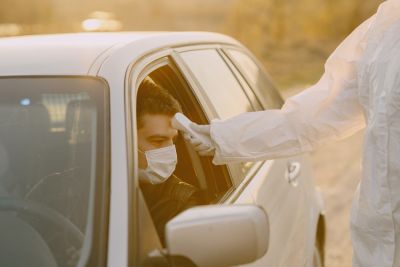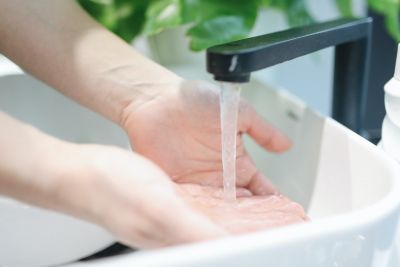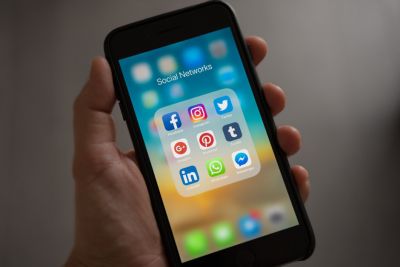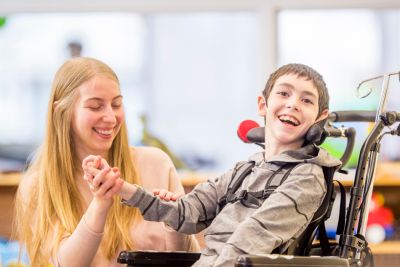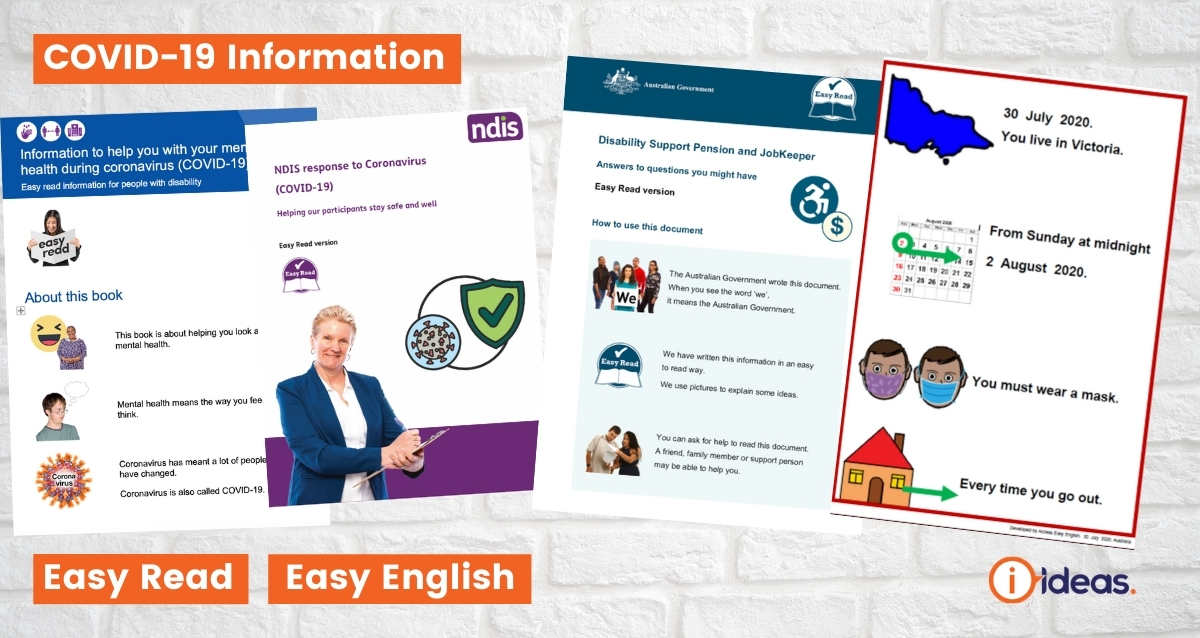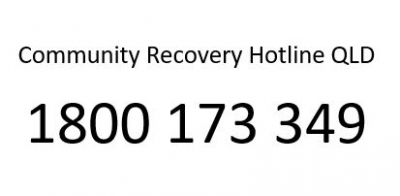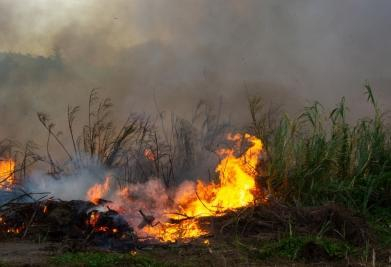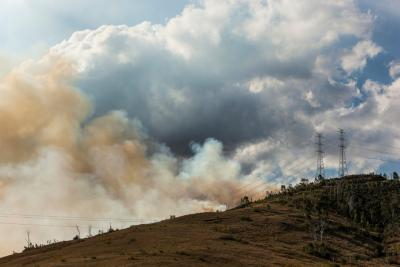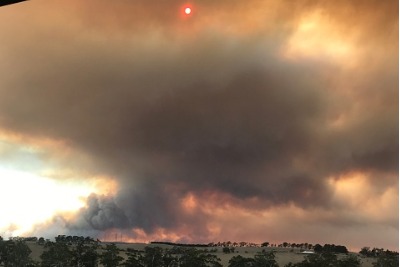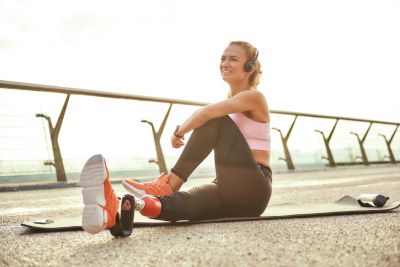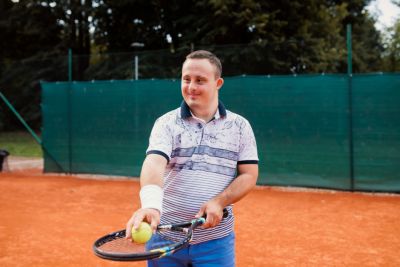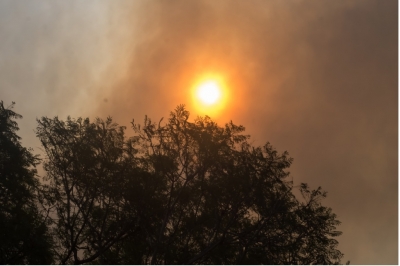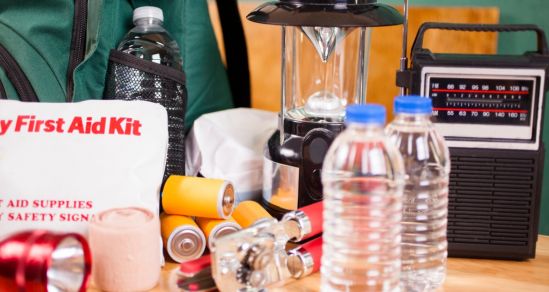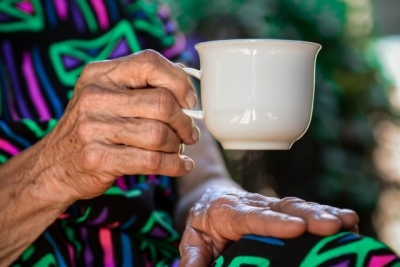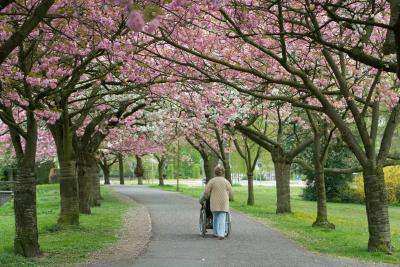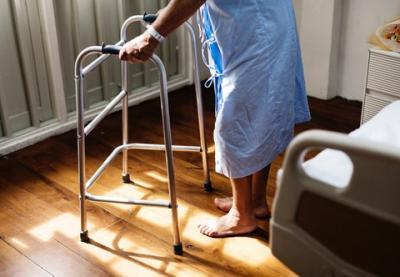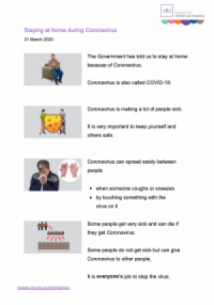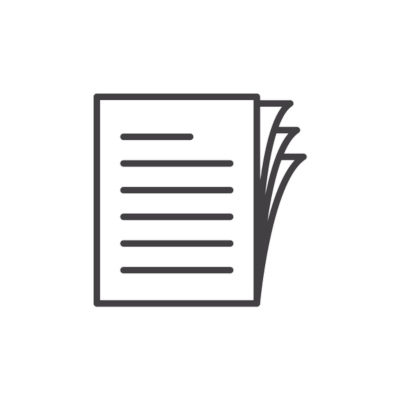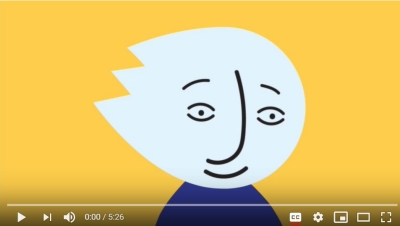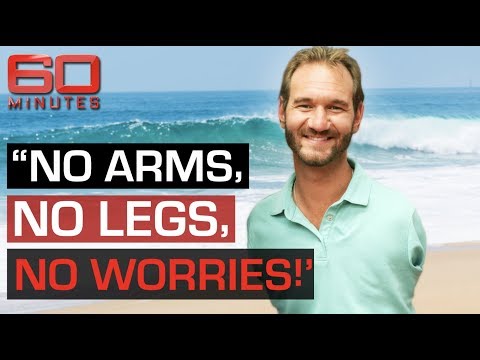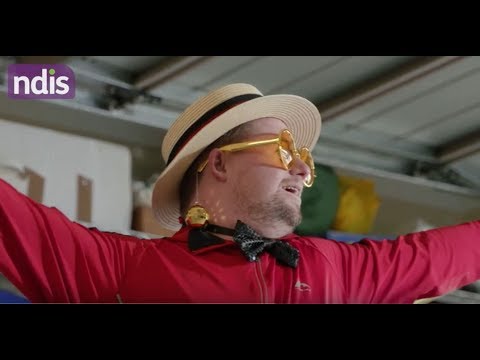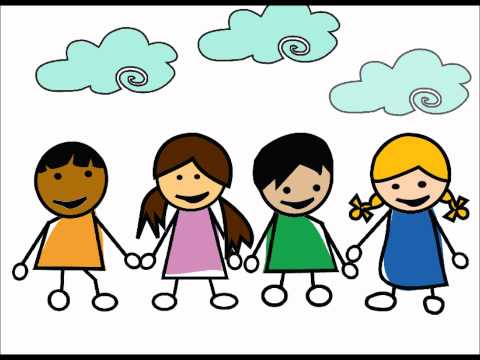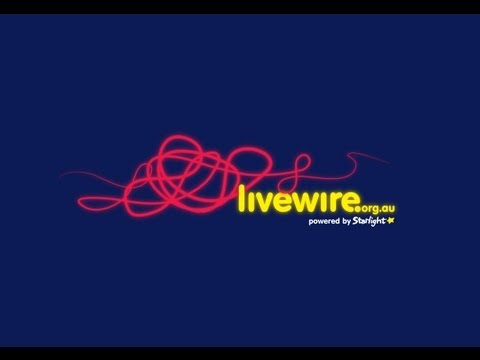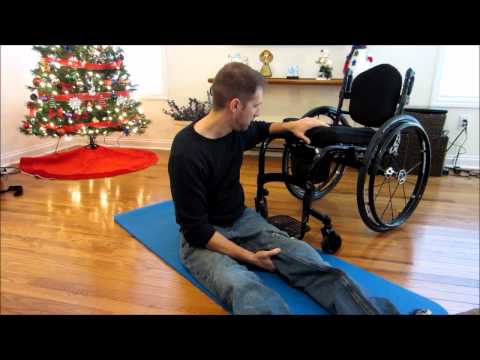This blog contains information and links to videos all about Masks. Making, wearing and washing face masks; and the lawful reasons that masks are not needed. Easy English resources.
We try and bring together all the info you need about masks in one place. This whole article is a 10-minute read. Or you can skip to the section you need.
If it is easier to talk to someone, please ring the COVID-19 Disability Information Helpline on 1800 643 787. It is open Monday to Friday from 8 am to 8 pm. IDEAS Information Officers answer the calls and can help with your questions.
On this page
Please click on the link to go to the information you need.
Easy Read and Easy English - Information | Videos in Community Languages South Australia InformationQLD InformationNSW InformationVictoria InformationAustralian Community Information How to wear a mask | Lawful excuses or exceptions for not wearing a face-covering HOT Topic | Exemption Badges | Masks, glasses and fogging | Communication Needs and Masks | Autism Spectrum Disorder and masks | Making a mask | Where can I get a mask | Recommendations for using a cloth mask Coronavirus (COVID-19) Wearing Personal Protective Equipment for Disability Support WorkersWearing a mask can help protect you and those around you. If you are in an area with community transmission, and physical distancing is not possible like on public transport, it is good to wear a mask if you can.
Easy Read and Easy English - Should I wear a Mask?
From Access Easy English
 Wear a mask - Victoria Word Document
Wear a mask - Victoria Word Document Wear a mask - Victoria PDF Document
Wear a mask - Victoria PDF Document NSW Wear a mask PDF Document
NSW Wear a mask PDF Document Queensland. Wear a mask Poster PDF Document
Queensland. Wear a mask Poster PDF Document Queensland. Wear a mask Poster Word Document
Queensland. Wear a mask Poster Word Document
From the Victorian Department of Health and Human Services
 Do I have to wear a face mask? Poster PDF Document
Do I have to wear a face mask? Poster PDF Document Do I have to wear a face mask - Handout PDF Document
Do I have to wear a face mask - Handout PDF Document Do I have to wear a face mask? Word Document
Do I have to wear a face mask? Word Document Who can get a free face mask in Victoria Word Document
Who can get a free face mask in Victoria Word Document Who can get free face masks in Victoria PDF Document
Who can get free face masks in Victoria PDF Document Face coverings - FAQ for people with disability and their care workers. Word Document
Face coverings - FAQ for people with disability and their care workers. Word Document Answers to your questions about masks for people with disability PDF
Answers to your questions about masks for people with disability PDF Answers to your questions about masks for your support workers PDF
Answers to your questions about masks for your support workers PDF
From the Australian Government
-
 Coronavirus - Should you wear a mask? PDF Document
Coronavirus - Should you wear a mask? PDF Document -
 Coronavirus - Should you wear a mask? Word Document
Coronavirus - Should you wear a mask? Word Document
IDEAS encourages people to print and share Easy English and Easy Read information with people who may not have access to the internet.
Videos in Community Languages (Victoria)
Videos in 16 different community languages from the Victorian Department of Health and Human Services are available. View them here and please share them with anyone who would benefit seeing them.
South Australia
Starting from 19th November 2020, South Australians are recommended to wear masks in all areas outside the home. It is not a rule yet. Police say some leeway will be given in the coming days as people get their masks, but they are expected to become part of the rules under the next set of restrictions.
People need to wear masks when providing personal care and where they can not be more than 1.5 apart from people.
Live in SA - Need to Know COVID19 Info is regularly updated with changes and news.
QLD
Queensland's Chief Health Officer advice is that people living in the Greater Brisbane region, particularly in Ipswich, to begin wearing face masks and to keep to social distancing priorities.
NSW
In NSW, Chief Health Officer Dr Kerry Chant recommends wearing a mask:
- If it is hard to maintain 1.5 metres of physical distance from others
- In areas where there has been community transmission
- When in high-risk indoor areas such as public transport, supermarkets, shops, churches and other places of worship
- When caring for or serving vulnerable people
- If working in a cafe, restaurant, pub, club or other high-risk indoor areas.
While wearing a mask in any of these settings is not mandatory, it is recommended. See NSW Government for more information.
Victoria
Face coverings are mandatory in ALL Victoria. Lawful reasons to not wear a mask still apply.
New rules state that only fitted masks are allowed. That means no bandanas, scarves or face shields, unless you have a lawful reason not to wear a mask.
Face shields can be worn if a mask is worn at the same time.
While a mask can be used as an extra precaution, you must continue to:
- Stay at home if unwell
- Maintain physical distance (more than 1.5m) from other people, when out
- Avoid large gatherings and crowded indoor spaces
- Practise hand and respiratory hygiene
The Australian Government guides for the rest of Australia
 When should masks be worn in the community, in Australia? PDF Document
When should masks be worn in the community, in Australia? PDF Document When should masks be worn in the community, in Australia? Word Document
When should masks be worn in the community, in Australia? Word Document
Recommendations for using a cloth mask - Victoria
The Victorian DHHS suggest staying home, keeping 1.5 metres between yourself and others and washing your hands are still the best defences against coronavirus (COVID-19). Wearing a face mask provides an extra physical barrier and helps to reduce community transmission.
Closed captioning of the video of Victoria’s Chief Health Officer, Brett Sutton is available in the video and a transcript is at this link. For more information visit DHHS.
Lawful reasons or exceptions for not wearing a face covering
The Victorian DHHS agree a face covering is not required in the following circumstances:
- Infants and children under the age of 12 years.
- A person who is affected by a relevant medical condition - including problems with their breathing, a serious skin condition on the face, a disability or a mental health condition.
- This includes persons who are communicating with a person who is hearing impaired, where the ability to see the mouth is essential for communication.
- Persons for whom wearing a face covering would create a risk to that person’s health and safety, related to their work, as determined through OH&S guidelines.
- Persons whose professions need clear enunciation or visibility of their mouth. This includes teaching or live broadcasting.
- Professional sportspeople when training or competing.
- When the individual is doing any exercise or physical activity where they are out of breath or puffing; examples include jogging or running but not walking. You must have a face covering on you and wear it when you finish exercising.
- When directed by police to remove the face covering to check identity.
- The person is travelling in a vehicle by themselves or with other members of their household.
- When consuming food, drink, medication or when smoking/vaping.
- When undergoing dental treatment or other medical care to the extent that the procedure requires that no face covering may be worn.
- When entering or inside a financial institution, like a bank.
- During emergencies.
You must carry a face covering with you when leaving home for one of the 4 reasons, even if you don’t need to wear it while undertaking your current activity, for example, you can take your face covering off to eat. If you have a medical condition that prevents you from wearing a face-covering at all times you don’t need to carry it with you.
You do not need a medical certificate stating that you have a lawful reason for not wearing a mask. If you have a lawful reason for not wearing a mask you do not need to apply for an exemption or permit.
If you are stopped by police, they will ask you to confirm the lawful reason you are not wearing a mask. See DHHS for more information.
Exemption Badges
You can choose to use a printable badge or a Smartphone badge that is available from the DHHS website.
Smartphone Badge For anyone who is exempt and has a valid reason for not wearing a face mask.
- I am exempt from wearing a face-covering for valid reasons - blue badge (jpg)
- I am exempt from wearing a face-covering for valid reasons white badge (jpg)
For persons who are Deaf or hard of hearing who need the person they are communicating with to remove their face mask.
- Please remove your face covering so we can understand each other better. - blue badge (jpg)
- Please remove your face covering so we can understand each other better. - white badge (jpg)
Making a mask
The Hearing, Speech and Deaf Centre have shared a guide on how to make an Accessible, Deaf Friendly Face Mask. This includes a clear section of the mask so that lip reading and facial expressions can still be seen.
To make a cloth mask, the Victorian DHHS has produced a guide. Link to Design and preparation of cloth mask.
PDF Version for Download ![]() Design and Preparation of cloth mask IDEAS have requested this document in accessible formats. We endeavour to provide them here, so watch this space.
Design and Preparation of cloth mask IDEAS have requested this document in accessible formats. We endeavour to provide them here, so watch this space.
A video version, from The Social Studio, is recommended by DHHS via their youtube channel, you can view it here.
How to wear a mask
The WHO has produced an animated video with text on how to wear a fabric mask safely. WHO Organisation A fabric mask can act as a barrier to prevent the spread of the virus. But, it must be used correctly and always combined with other measures to protect yourself and everyone else. Here is how to wear a fabric mask safely.
Autism Spectrum Disorder (ASD) and Masks
Harvard Medical Publishing has tips about Helping people with autism spectrum disorder manage masks and COVID-19 tests. It outlines challenges and suggestions for what to do in each situation.
IDEAS has heard of parents helping children work with their sensory needs, by offering fabric masks in materials or colours/ designs that the children enjoy.
Other great tips include if the child does not like having the elastic around their ears, sew two buttons on their favourite hat and loop the elastic over the buttons. Rather than rest on the ears, this can add space between the ear and the elastic. They can wear their hat if they need to leave the house.
Graphics you can use to help tell a story, produced by WHO are available for download here.
Communication Needs and Masks
Some people need to use masks with clear sections so that they can communicate with people who need to see facial expressions and lip read. Masks can also be lowered to show facial expressions - if people remain 1.5m apart from each other. Using paper and pen, or a mobile device may also be an alternative means of communication. If you download a speech to text app you can still communicate with people who cannot see your mouth.
Expressions Australia has developed a toolkit with images that you can save on your device to help you communicate with people wearing masks.
Masks, glasses and fogging
A combination of warm air when breathing out, outside cooler air temperatures, wearing glasses and adding a mask equal foggy glasses. The Conversation have a great article to help you.
'It may take a few attempts to get used to wearing a mask. But with a bit of trial and error, your glasses should remain fog-free, your ears comfortable and any anxiety about wearing a mask should reduce' The Conversation
Coronavirus (COVID-19) Wearing Personal Protective Equipment for Disability Support Workers
Allison McMillan, Australia’s Chief Nursing and Midwifery Officer, covers common concerns for Disability Support Workers and demonstrates how and when to wear personal protective equipment (PPE) for disability support workers in this video. For the media release about wearing of surgical face masks Two million more face masks for Victorian aged care and disability workers
The Victorian Community Services sector advice:
Besides the existing need for all staff in community services to wear surgical masks, advice requires staff to wear eye protection when they are directly working with clients. Detailed information on the plan can be found at Community Services. Please view the plan online, as any printed copies may be superseded by newer versions online.
In addition to wearing masks, a P2/N95 respirator/mask is required where providing care in an uncontrolled environment where there are high numbers of suspected or confirmed COVID-19 cases and there may be exposure to aerosol-generating behaviours.
Services are requested to access appropriate eye protection for their client-facing staff. This is a public health infection control recommendation.
Providers of residential care, supported residential services, disability group homes, crisis and congregate homelessness services and other care settings, who need PPE should email This email address is being protected from spambots. You need JavaScript enabled to view it. to make a request.
All requests will be triaged by the department with priority given to facilities, programs and carers where there has been a confirmed case of coronavirus (COVID-19).
Demand for PPE is very high, therefore providers are encouraged to source PPE independently if they can, prior to requesting stock from the department.
Disability providers funded under the National Disability Insurance Agency (NDIA) have access to the National Medical Stockpile and should request PPE through this in the first instance: NDIS Commission
Aboriginal Community Controlled Organisations (ACCOs) should access PPE by emailing: This email address is being protected from spambots. You need JavaScript enabled to view it.
Sector guidance for community services workers is at the department’s Community services Coronavirus website
Where can I get a mask?
The Victorian Department of Health and Human Services will be distributing 2.1 million reusable face masks through Service Providers to:
- Vulnerable Victorians
- Aboriginal Victorians; and
- Workforces who come into direct client contact and deliver Victorian Government-funded health and human services to a range of vulnerable Victorians
Who is determined to be a vulnerable Victorian?
Victorians who will be offered reusable face masks will include:
- People over the age of 12 years who are being actively managed for the following chronic conditions:
- Poor immunity
- Heart disease, diabetes and stroke
- Obesity
- Chronic lung disease
- Alcohol and drug dependency
- Frailty
- People living in public housing, in crisis accommodation, or who are homeless
- People living in rooming houses and supported residential services
- People living with a disability
- People with other needs including alcohol and drug issues, including those attending primary and secondary needle and syringe programs
- People experiencing mental health
- People experiencing family violence
- Young people in residential facilities, and those receiving other health and human services
- Young people with health and/or social issues that make them vulnerable
- Young people living in mandatory facilities
- Aboriginal people
- Refugee and asylum seekers (including temporary visa holders).
This information comes from DHHS and to apply for this initiative see Reusable Face masks. (Aimed at service providers) And online ordering for Service Providers is here. For an Easy English Document about this see here.
NDIS
The National Disability Insurance Agency (NDIA) has answered questions about masks on their website. Such as - Does my support worker need to wear a mask? Who pays for masks?, Can I buy a transcribing app to use while I wear a mask? Where can I get masks and PPE? and Can I insist that my provider wear masks and gloves?
Temporary changes to the NDIS rules to allow participants to buy masks and PPE from their funding. This is for people who:
- receive at least one hour a day of face to face daily living supports- live in areas where there is health advice to wear masks, which right now is Victoria and NSW.
The NDIS also has a section for participants that live in Victoria. The NDIA is encouraging participants that live in restricted postcodes in Victoria to contact the National Contact Centre on 1800 800 110 and select option 5 if their situation has changed due to coronavirus (COVID-19).
How much are masks?
Fabric masks, which are washable and reusable, start at around $6.00 for a generic mask.
Single-use, disposable masks surgical masks can cost from $2 upwards, or if you buy in bulk, the cost per mask may be cheaper.
IDEAS encourage you to be careful about unusually high prices, to compare your options, before making a purchasing decision. Beware of scams, online or in-store and if you are not sure, we are happy to help you source local options, or NDIS registered providers.
How to wash a fabric mask
Re-usable masks should be washed frequently in warm-hot water over 60°C, with soap or laundry detergent, or, wash using room temperature water then boil the mask for one minute. See more about washing masks at the Centre for Disease Prevention.
For more information
Start Here for all our other COVID-19 Information Australian Government Health DepartmentDHHS Victoria Face MasksNSW HealthNDIS Quality and Safeguards Commission – July 17 Service Provider Alert13 Insider tips on how to wear a mask without your glasses fogging up, getting short of breath or your ears hurting From The Conversation Centres for Disease Control and Prevention (USA)If you have questions about wearing masks or Coronavirus (COVID-19) IDEAS can help. You can contact IDEAS Information Officers on 1800 029 904, SMS on 0458 296 602, email on This email address is being protected from spambots. You need JavaScript enabled to view it. or through the Disability Information helpline on 1800 643 787.

